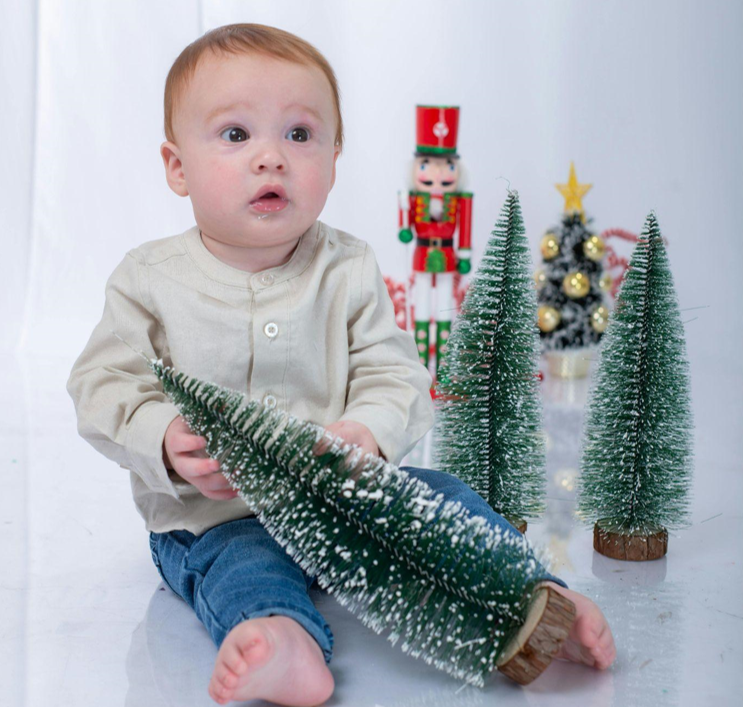Christmas trees are a staple of most American households, but these evergreens seldom grow in forests.
The American Christmas Tree Association released its eighth annual survey on Christmas trees in the U.S. last year, revealing that 77% of households had trees for Christmas last year. Just 18% of those decorated a real Christmas tree. The rest put up fake ones in the halls.
Anyone looking to celebrate yuletide on a budget won’t be surprised by the growing popularity of artificial Christmas trees. It may be expensive to buy a Christmas tree. But unlike actual or real trees, you wouldn’t have to spend so much replacing a fake tree year after year.
Even better, if you already have one at the attic, they can be a lot more convenient than real ones. Families with many responsibilities and jobs find it hard to coordinate a time to go to the tree lot.
However, a fake tree does not come without its cons. Before setting down to buy an artificial Christmas tree, you should think price.
Now, which costs more–real or artificial Christmas tree?
National Christmas Tree Association survey results revealed real Christmas tree prices are rising while fake ones are falling. It was found that Americans purchased almost 33 million real trees in 2018 and that average prices rose by 4% over 2017. According to the U.S. Census Bureau, there were 23.6 million fake trees purchased in 2018 with a price decrease of 3% compared to the previous year.
Then how much does that translate to in dollars?
Survey results show that people spend, on average, $78 for a real tree. The average cost of an artificial Christmas tree is $104.
Hence, a fake tree will cost you approximately 33% more than a genuine tree. But once you purchase the product, you’d be able to recover all your costs the following year.





Be the first to reply